#Metmuseum
Explore tagged Tumblr posts
Text




A beautiful black and gilt Cup-hilt Rapier,
OaL: 44.6 in/113.3 cm
Blade Length: 36.8 in/93.5 cm
Width: 11.1 in/28.3 cm
Depth: 5 in/12.7 cm
Weight: 2.1 lbs/963.9 g
Italy, ca. 1650, housed at the Metropolitan Museum of Art.
#weapons#sword#cuphilt#rapier#europe#european#italy#italian#early modern#themet#metmuseum#art#history
765 notes
·
View notes
Text
The movement of light & shadow across this #copper #silk dress must have been lovely. To get such animation from silk #sleeves never ceases to impress me. American, c. 1838 #statementsleeves @metmuseum metmuseum.org/collection/the…
http://metmuseum.org/collection/the

99 notes
·
View notes
Text

Sassanid sword with two straps 7th C. CE. Medium: Blade: iron; scabbard and hilt: gold over wood, garnets, glass-paste; guard: gilt-bronze. Dimensions: 3 1/8 × 40 9/16 × 15/16 in. (8 × 103 × 2.4 cm). Accession Number: 65.28a, b.
"Kings of the Sasanian period (224–651 A.D.) are almost always depicted with a sword suspended from the belt, a motif appropriate to the victor in combat. This iron sword with a gold-covered wooden scabbard is a splendid example of the type adopted by the Sasanians from the Hunnish nomads who roamed Europe and Asia in the sixth and seventh centuries, shortly before the beginning of the Islamic era. It has a long and narrow grip with two finger rests, and the scabbard has a pair of P-shaped projections to which two straps of different lengths were originally attached. The straps held the sword suspended from the warrior's belt in such a way that it could easily be drawn even by a warrior on horseback.
The sword itself is inlaid with garnets and glass, and a pattern of overlapping feathers decorates the surface. That a similar pattern can be seen on the helmet of a Sasanian warrior has led scholars to suggest it may be symbolic of the Zoroastrian God of victory, Verethragna. Several other swords of this type are known, some mounted in gold, some in silver. Stylistically and technically, they are all very similar, although the present example is by far the most elaborate of the group."
-taken from Met Museum
163 notes
·
View notes
Text


Prayer bead with the Crucifixion and Jesus before Pilate Boxwood Netherlandish, carved early 1500s
The Metropolitan Museum of Art, New York, 17.190.474a, b)
130 notes
·
View notes
Text


Glass snake-thread flask shaped like a mouse,
Roman, 3rd century CE
Translucent cobalt blue, with same color added head, ears, eyes, feet, and snake-thread decoration. Rounded and thickened rim; funnel-shaped, elongated neck with tooling marks around base; misshapen piriform body, with separate large blob of glass applied to rounded bottom of body.
The neck has been turned upwards to appear like the mouse’s tail; added to the body of the vessel to create the animal are four separate tooled trails for the feet and for the head a large blob that has been drawn out to make a pointed nose; ears and eyes have also been added to the head; the body is further decorated with snake-thread trails, all flattened and notched, in the form of two long-necked, thin-legged birds, one on the animal’s back, the other on his belly between his feet, interspersed with foliage comprising tendrils and ivy leaves; a plain spiral trail is wound twice around the lower part of the neck.
6.3 x 5.1 x 14.6 x 2.7cm
Courtesy: MET Museum
#art#history#design#style#archeology#sculpture#glassware#glassart#mouse#blue#cobalt#metmuseum#roman#flask#3rd century
29 notes
·
View notes
Text

When you can’t come up with the next line to perfectly describe your lady love so you scratch your tiddy and think about it. #sappho #happypride
7 notes
·
View notes
Text

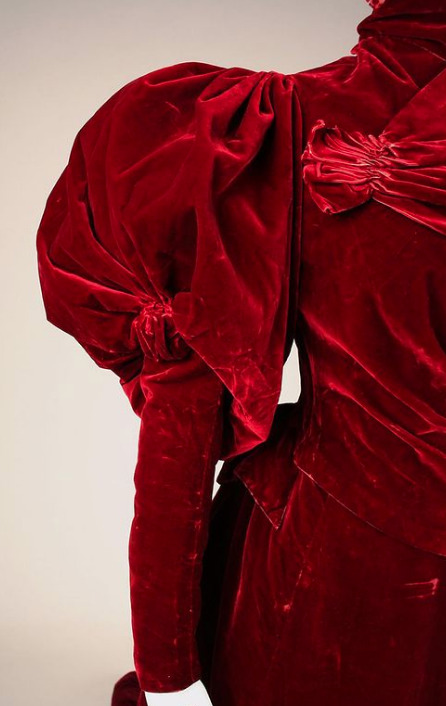
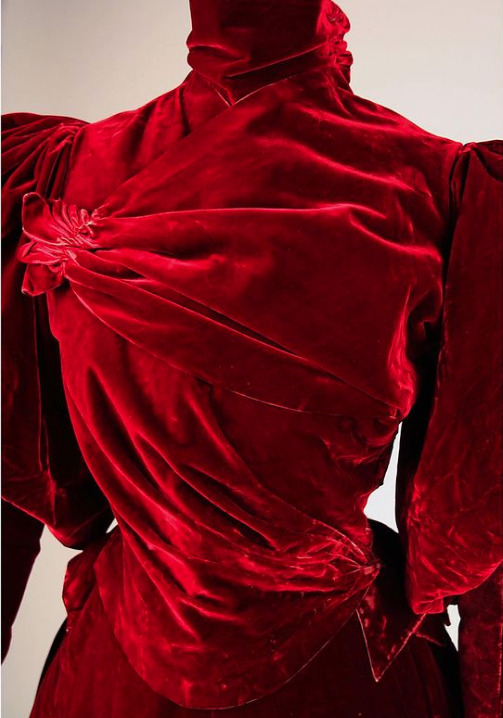
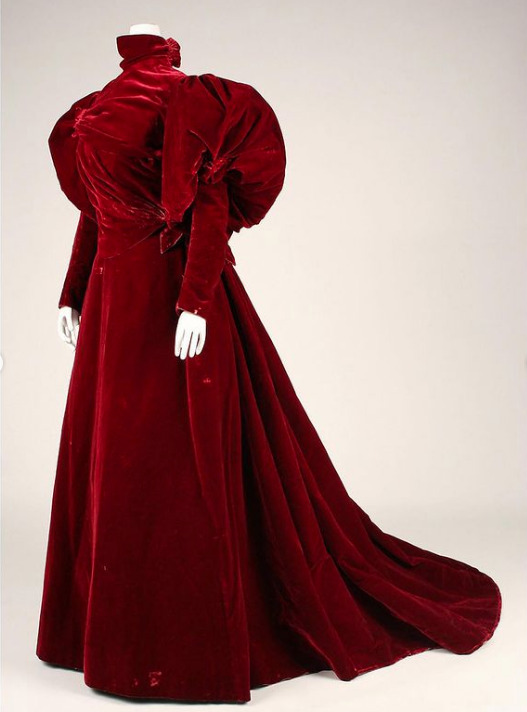
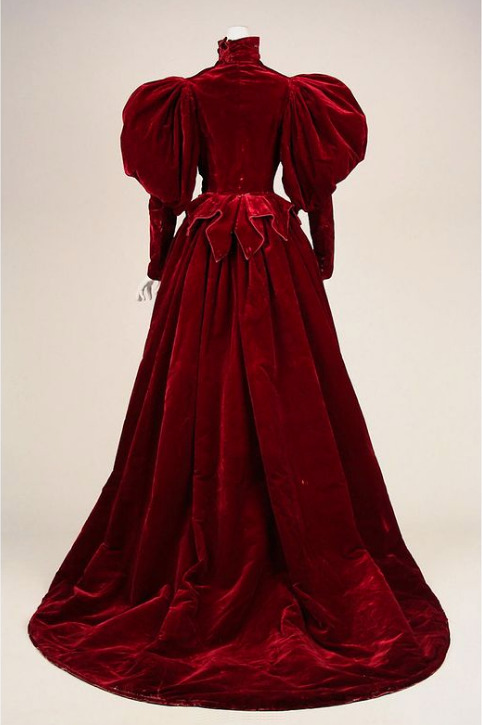

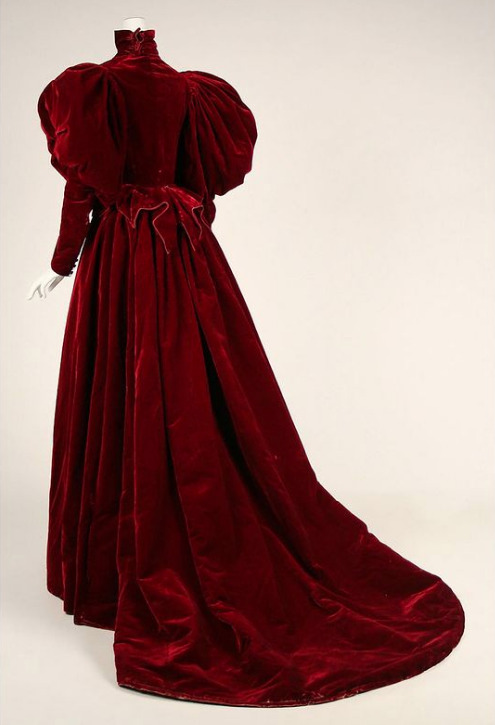
Victorian (1893-95) crimson red velvet leg o' mutton sleeve gown from the Met Museum.
Images via @thevampireswardrobe
#crimson velvet#velvet gown#victorian gown#velvet victorian gown#metmuseum#metropolitan museum#legomutton
71 notes
·
View notes
Text

Bronze statue of an aristocratic boy [detail]
Period: Augustan 27 BCE–14 CE
Roman Bronze
46 1/2 × 20 × 16 1/2 in., 150 lb. (118.1 × 50.8 × 41.9 cm, 68 kg)
Height (w/ base): 58 in. (147.3 cm)
5 notes
·
View notes
Text



The met museum, nyc
#the metropolitan museum of art#met gala#metmuseum#met museum#museum collections#fine art#modern art#art deco#contemporary art#artistic#pixel art#central park nyc#nycskyline#nycgo#nighttime#nyc girl#nyc subway#nyc#nyc photography#working from home#workers#work in progress#workout#my work#original work
2 notes
·
View notes
Text

#peoplematchingartworks#eustachelesueur#metmuseum#stefan draschan#photography#contemporaryart#newyork
45 notes
·
View notes
Photo
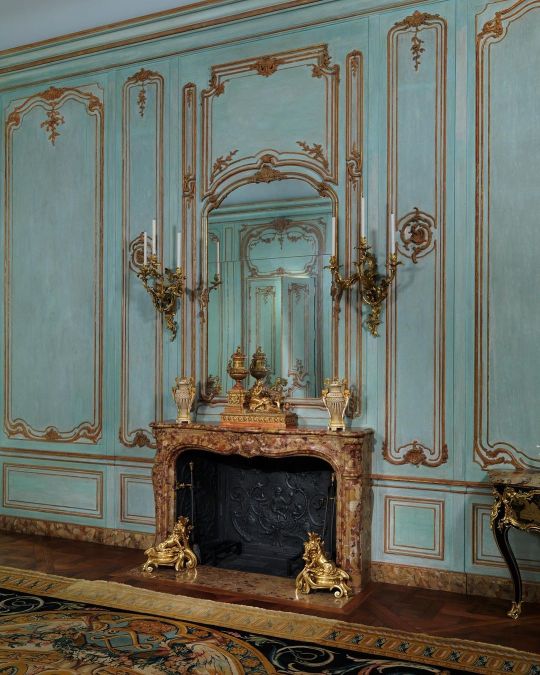
Boiserie, from the Palais Paar in Vienna, now installed in the European Sculpture and Decorative Arts Rooms at the @metmuseum This elegant rococo panelling represents the final phase of this period, before it was subsumed by the neoclassical tastes of the Louis XVI style. Photograph via @metmuseum #themetropolitanmuseumofart #metmuseum #themet #newyork #newyorkcity #fifthavenue #manhattan #uppereastside #museum #boiserie #panelling #palaispaar #vienna #austria #rocaille #rococo #rococostyle #rococointeriors #interior #interiors #interiordecor #interiordecorating #interiordecorator #interiordecoration #interiordesign #interiordesigner #installation #periodroom #decorativearts #decorativeantiques (at The Metropolitan Museum of Art, New York) https://www.instagram.com/p/CoXmVbKoJZ4/?igshid=NGJjMDIxMWI=
#themetropolitanmuseumofart#metmuseum#themet#newyork#newyorkcity#fifthavenue#manhattan#uppereastside#museum#boiserie#panelling#palaispaar#vienna#austria#rocaille#rococo#rococostyle#rococointeriors#interior#interiors#interiordecor#interiordecorating#interiordecorator#interiordecoration#interiordesign#interiordesigner#installation#periodroom#decorativearts#decorativeantiques
27 notes
·
View notes
Text




An early Basket-hilted Broadsword,
OaL: 42.5 in/107.9 cm
Blade Length: 36.5 in/92.7 cm
Width: 5.75 in/14.6 cm
Depth: 4.25 in/10.8 cm
Weight: 3 lbs/1360.8 g
Potsdam, Germany, hilt ca. 1540, blade 17th century, housed at the Metropolitan Museum of Art.
#weapons#sword#broadsword#basket hilt#europe#european#germany#german#potsdam#hre#holy roman empire#renaissance#early modern#themet#metmuseum#art#history
895 notes
·
View notes
Text
A lovely ensemble in #lavender and #grape silk to wish you well this morning, kind readers! Probably American, 1860s. Courtesy The Metropolitan Museum of Art, New York

25 notes
·
View notes
Text


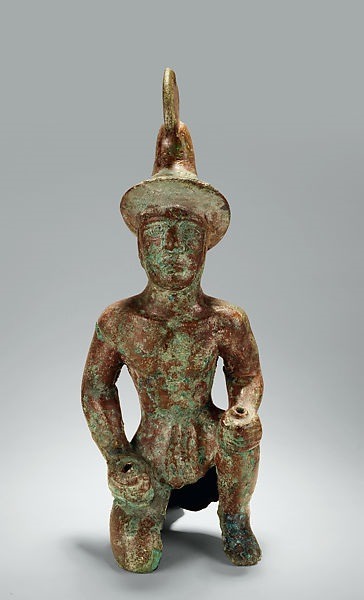
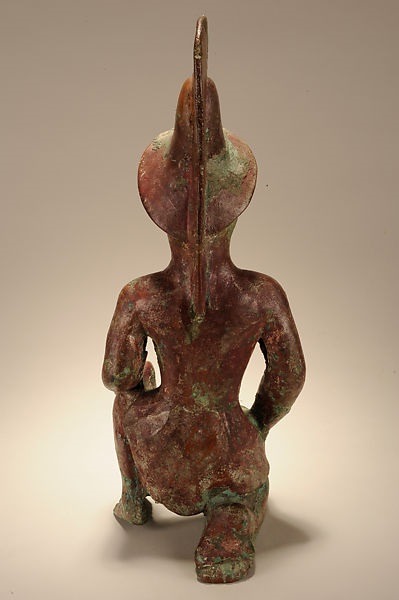


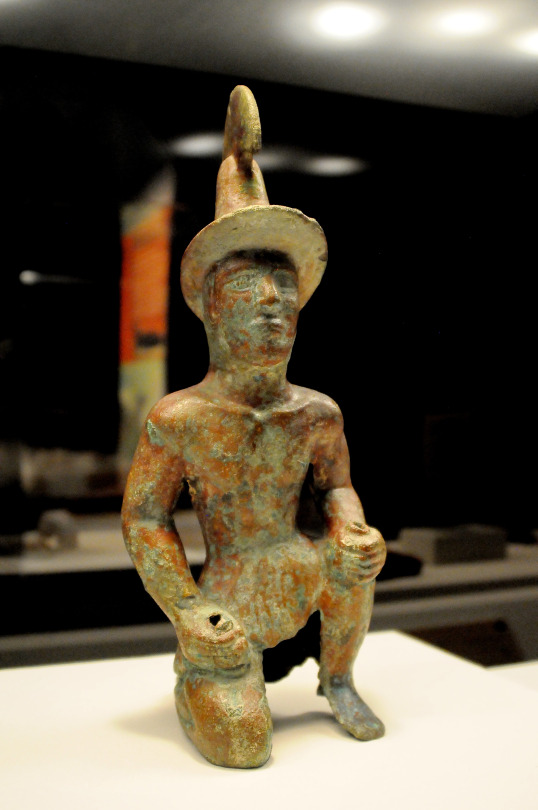

Bronze warrior (probably a Saka) from Xinyuan 5th-3rd C. BCE. Tuanchang, Burial Site.
"This warrior sports distinctive headgear that resembles a type fashionable in ancient Greece and Rome. The figure was recovered in the far northwest of China at a site linked to nomadic peoples, perhaps the Scythians, who dwelled in that region from the fifth to third century B.C. Although crudely cast, the figure’s well-modeled shoulders, arms, and collarbones reveal an awareness of human anatomy—a characteristic of the Hellenistic sculpture that Alexander the Great introduced into Central Asia in the fourth century B.C. Nomadic peoples helped transmit this influence to their Chinese neighbors.
42cm high, 4 kilograms. Documented in "Cambridge Ancient History" IV. Also in Boardman "The diffusion of Classical Art in Antiquity", with photograph: "A bronze figurine of a kneeling warrior, not Greek work, but wearing a version of the Greek Phrygian helmet. From a burial, said to be of the 4th century BC, just north of the Tien Shan range". Urumqi, Xinjiang Region Museum"
-taken from MetMuseum and wikipedia
#saka#scythian#indo european#museums#artifacts and antiquity#archaeology#xinjiang#china#metmuseum#art#ancient art#history#ancient history#statue#sculpture
162 notes
·
View notes
Text

@ The Met...
2 notes
·
View notes
Text

Ceiling with Shadows, Met Museum
17 notes
·
View notes